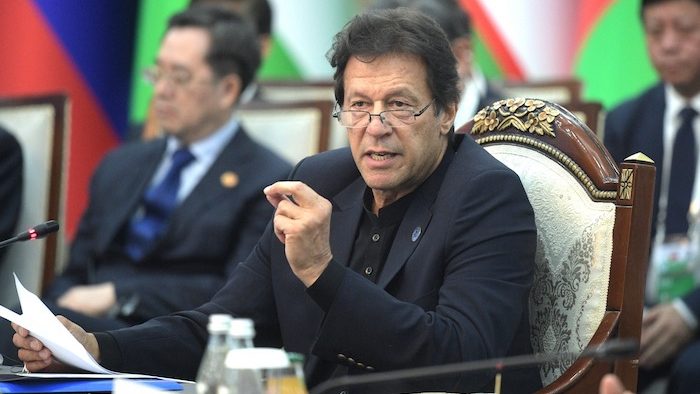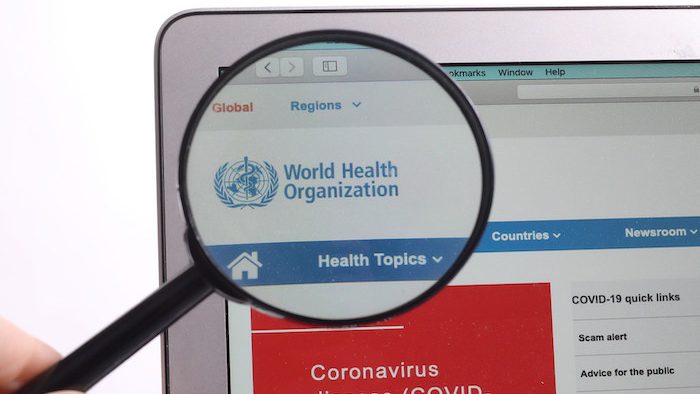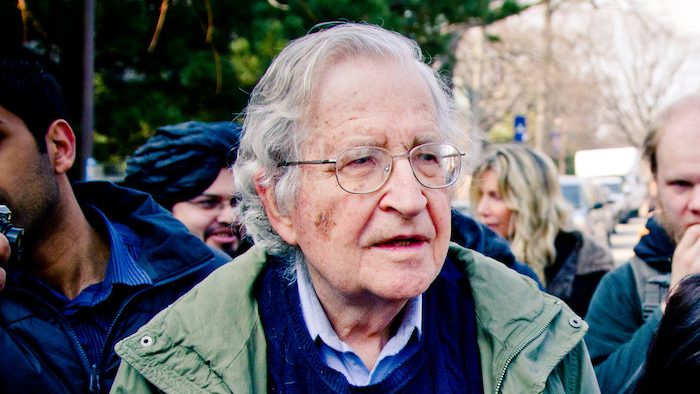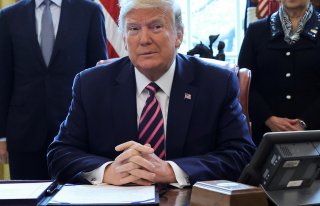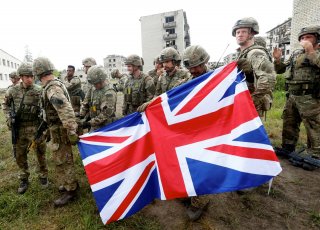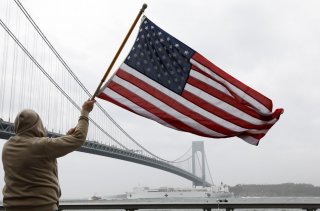KAI NEAGLE
The Belt and Road Initiative (BRI) is a series of economic programmes designed by the Chinese government to foster economic cooperation along the ‘new Silk Road’, which stretches from the Chinese coast through to Europe. Announced at the end of 2013 by Chinese President Xi Jinping, it marks the most ambitious domestic and foreign policy programme ever initiated by the Chinese Communist Party. Such is the enormity of the programme that it is often compared to a Chinese version of the post-war American Marshall Plan in terms of scale and also of motive (Cai 2017). The project has shaped the ways that India and Japan—the other two major Asian powers in the Indo-Pacific—view their foreign policies. It has affected everything from the bilateral relationships with China, the relationship between India and Japan as well as other regional powers such as the United States and Australia.
This essay begins with an overview of the BRI and how it is designed to challenge the existing liberal order. It will then outline the Japanese perspective on the BRI, and how Tokyo is managing its commitment to a ‘Free and Open Indo-Pacific’ while also wanting to build its own infrastructure programmes. Similarly, Indian views of the programme will also be analysed—focusing on the security concerns with the China-Pakistan Economic Corridor (CPEC) as well as a willingness to engage in multilateral institutions. The bilateral relationship between India and Japan is important and will also be discussed within the context of infrastructure and the liberal order. States do not act in a vacuum—this paper seeks to rectify an existing gap in research comparing Indian and Japanese views of the BRI. On the whole, Japan and India are hesitant to accept the BRI because they see it as a means of expanding Chinese unilateral power in the Indo-Pacific, which threatens their positions as alternate leaders in the region.

